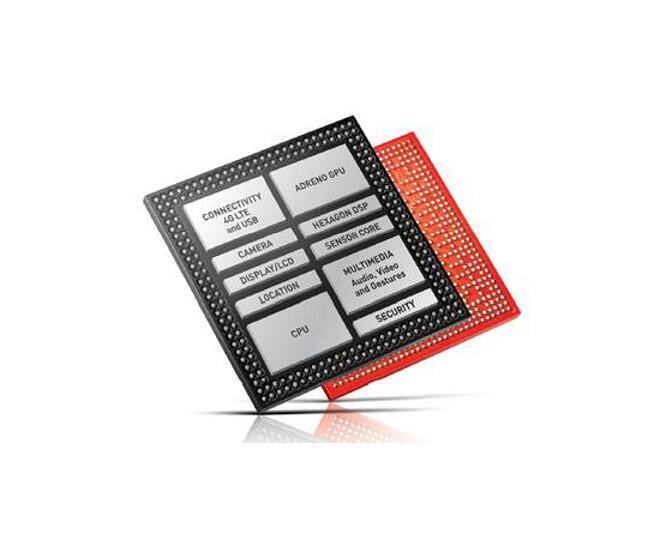Virtual reality: A killer app in more ways than one
Article By : Rick Merritt

VR requires high refresh rates with new content every frame. It also needs to calculate data and respond to it with updated visuals in less than 18ms.
As I wrote in my review of Google’s Daydream View headset and Pixel XL smartphone, I think that virtual reality (VR) will someday find a place next to the cinema and TV. But I couldn’t help noticing how toasty the phone was when I took it out of the viewer after a session. So to get the silicon perspective, I called up a graphics expert at Qualcomm who I spoke with after Google announced Daydream.
“VR is the heaviest heterogeneous workload we encounter in mobile—there’s a lot going on, much more than in a standard app,” said Tim Leland, a vice president for graphics and imaging at Qualcomm.
Specifically, VR requires high refresh rates with new content every frame. It also needs to calculate data from multiple sensors and respond to it with updated visuals in less than 18ms to keep up with the viewer’s head motions.
To achieve these goals, the phone needs a fast-switching AMOLED display at nearly full brightness running constantly. The job exercises all of the elements in the smartphone’s SoC with no breaks for sleep states. The CPUs, GPUs, DSPs, sensor fusion core, display engine and video-decoding block are all running at close to full tilt.
![[Snapdragon 821 01 (cr)]](/wp-content/uploads/sites/2/2020/04/Snapdragon_821_01_cr.jpg)
__Figure 1:__ *VR revs up nearly all of the blocks in an SoC, like the Snapdragon 821 in the Google Pixel phone (Source: Qualcomm).*
And, of course, the phone is a multitasker. “During that time, you still have Wi-Fi turned on, and you are monitoring for phone calls; almost everything is working, and DRAM is cranking as well—maybe not on turbo mode, but at least in mid- to high-range power mode,” said Leland.
Qualcomm commits to keeping the complex of the SoC and its associated DRAM and power-management chip within a 5W power consumption envelope. Phone vendors make the call about how hot they let their cases get based on their choices of clock and voltage settings, heat spreaders, circuit-board layers, and case materials.
In its reference designs, Qualcomm’s default settings keep phone temperatures under 35°C.
OEMs can “set throttles where they want, and some OEMs are more aggressive than others with the governors,” he said. “Above 45°C, it feels pretty hot, but it also depends on materials—even different kinds of plastics have different capacities.”
I took no measurements of the Pixel XL after using Daydream. I never felt that I was at risk of getting burned, but I noted that I had never felt a phone that hot. It reminded me of some laptops that doubled as seat warmers.
Next: Virtual reality road map leads through warmer weather »
Subscribe to Newsletter
Test Qr code text s ss


